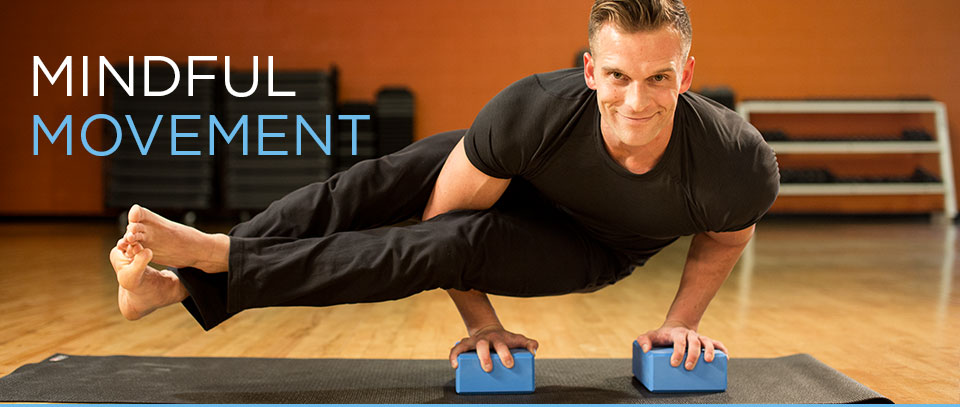The emerging mindful movement training approach has a strong focus on creating postural awareness and improving overall kinesthesia. This foundational approach to training is a great place to start with clients that are just beginning their fitness journey. However, many new or returning clients are ready to hit the ground running on day one. You might have to explain to these anxious types that building a strong body is like building a race car.
For example, imagine a deconditioned person with poor posture, a weak core, and tight muscles going full speed ahead to a high intensity interval training program. That would be similar to rolling a boxcar up to the starting line of the Indianapolis 500 – not a good idea. Building a strong and reinforced foundation is critical to the beginning of an exercise program.
Mindful movement training is more than just a few stretches before a workout. There are several components to creating the body awareness and core strength needed to support the body throughout the fitness journey.
STABILITY
A stable support structure is the best foundation to work upon. For humans, our main structural support is provided by our bones, joints, and tendons that connect to our muscles. Stability and postural awareness increase as you train with proper body alignment and technique. Posture is the direct link to mobility and stability as we are most stable when we maintain good posture and maximize the range of motion in our joints.1 In order to coach a safe and effective training program, it is the trainer’s responsibility to instruct proper training posture as the foundation of every exercise.
BALANCE
This is a skill often taken for granted. We encounter basic balance challenges each day; i.e. walking up stairs, carrying items in each hand of different weights, etc. Integrate balance training into your workouts by performing basic exercises on a single leg or while standing on balance pads or discs. Training in this way will not only increase your overall equilibrium, but also activate multiple muscle groups, burning more calories along the way.
FLEXIBILITY
Active range of motion and muscular flexibility are two factors that can enhance or inhibit movement. Flexibility training is typically reserved for workout warm ups and cool downs. However, to experience the full benefits of flexibility training choose 1-2 days per week in which you focus just as much attention on lengthening the muscles as you do strengthening them. Adding a weekly yoga class to your training schedule will not only stretch and strengthen your muscles but also improve overall body awareness, balance, and stability.
STAMINA
Endurance is beneficial for athletes and weekend warriors alike. Whether you are playing a sport or working towards a fitness goal, lack of muscular endurance can be a limiting factor. Mindful movement exercises train the body to hold appropriate postures under loads ranging from as little as 3 lbs. up to an individual’s entire body weight. Stamina develops as a result of weekly workouts containing both muscular strength and endurance based exercises within a structured training program.
Modifying your client’s program to include mindful movement exercises will establish or reinforce their anatomical training foundation. For example, dedicate half the session to flexibility and balance exercises and the other half to high intensity interval training. Both you and your client will be pleasantly surprised with the increase in endurance and strength performance as a result of movement training.
